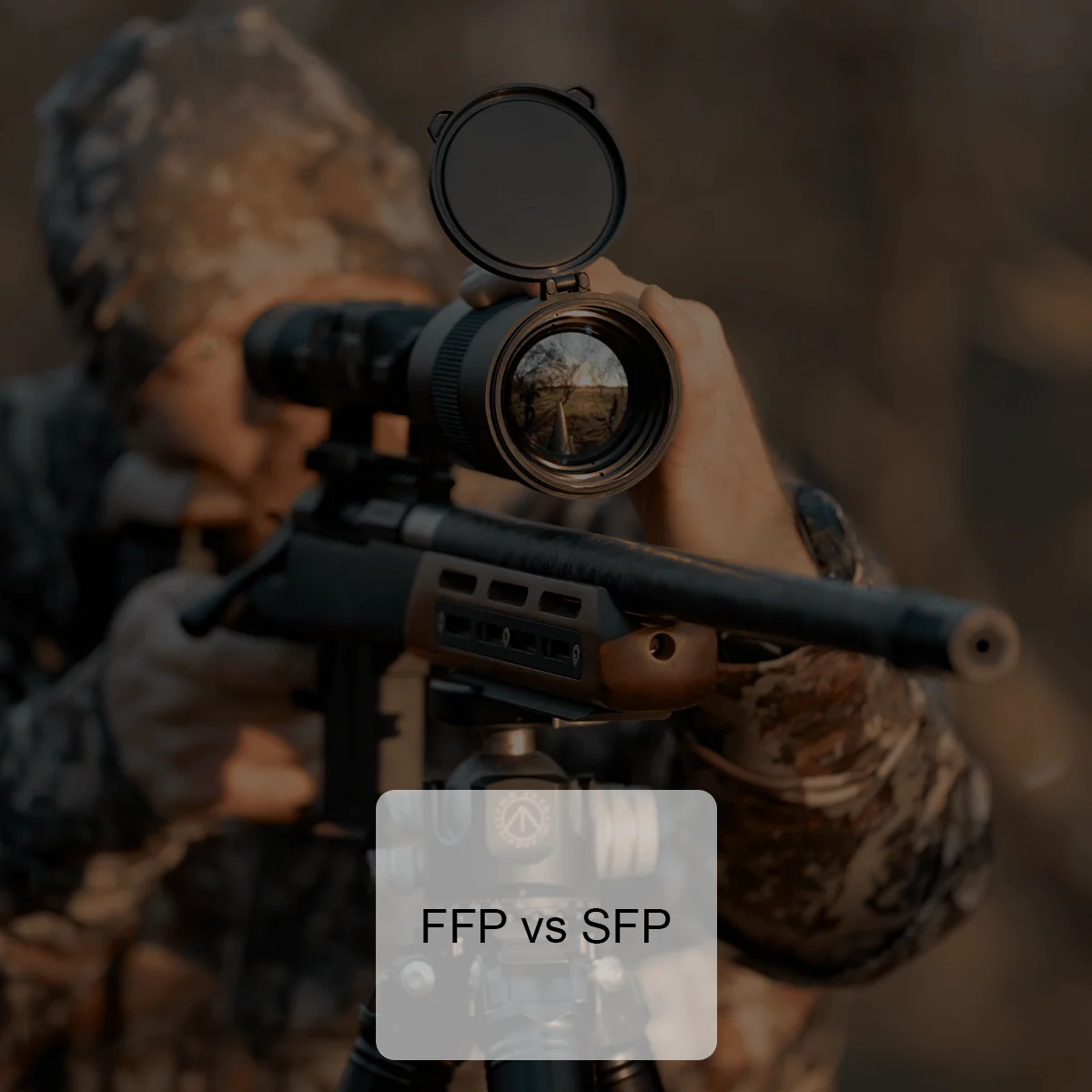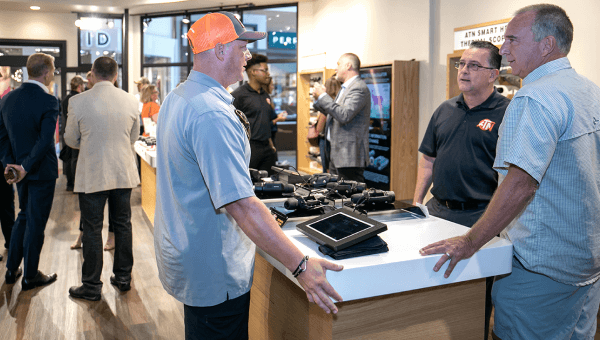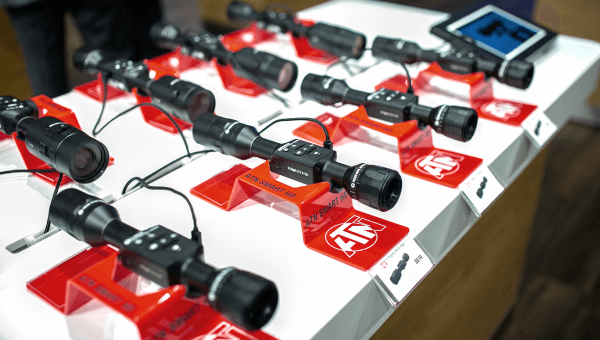FIRST FOCAL PLANE OR SECOND FOCAL PLANE RETICLE?
A riflescope's reticle is either first focal plane (FFP) or second focal plane (SFP). The key difference is an SFP reticle appears the same size at all magnifications. An FFP reticle changes size as magnification changes.
Most hunters know SFP reticles, the traditional style for generations of scopes. FFP reticles have become popular with long-range shooters and are gaining favor with hunters wanting to shoot long distances.

What's the difference?
With SFP, the spacing for holdover is only correct at one magnification, usually the highest. At lower magnifications, the relative size of the reticle changes, so the spacing increments change. You can calculate the spacing for each setting, but it gets complicated quick.
If you only shoot at high magnification, SFP works fine. A benefit is the reticle is thick and clear even at low power.
An FFP reticle grows or shrinks with magnification changes. It maintains the same perspective on the target. Holdover points stay the same throughout the magnification range. For example, the 6 MOA line always subtends 6 MOA.
The downside is the reticle can be hard to see at low power and obscure too much target at high power. For hunters, low power visibility is key, so check FFP reticles at all settings.
Both work fine for dialing adjustments which don't change with the reticle style.
WHICH IS BEST?
It depends on your needs and shooting style. For traditional hunting in timber, using dial-up adjustments or holdover guesstimation at shorter ranges, stick with a standard SFP scope.
If you're shooting long distances in the open, using reticle holdovers in Mils or MOA, an FFP scope is ideal.
Final thoughts
For hunting, test FFP reticle visibility at low magnifications. SFP remains a good choice for versatile optics. There's no definitively "best" option, choose based on your intended use. Let us know if you have any other questions!
FFP or SFP stands mainly for daylight optics but what about digital night vision scopes? In reality it is not that relevant for digital because it has a different opto-electronic scheme. But if we are talking mainly about dimensions for reticle - in most situations ATN digital scopes will be SFP. Thus, there are specific reticles that can work as a FFP. For GEN 4 SMART Scopes (ThOR 4, X4) ATN suggest SMART MIl-Dot reticle. For 5th generation (thor 5, x5, thor xd) reticle editor is available where customers can choose from available ffp reticles or draw by itself.






